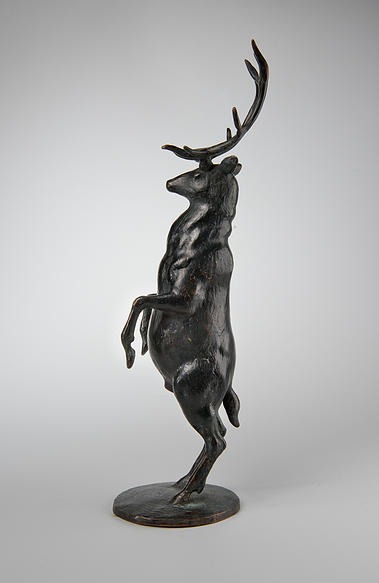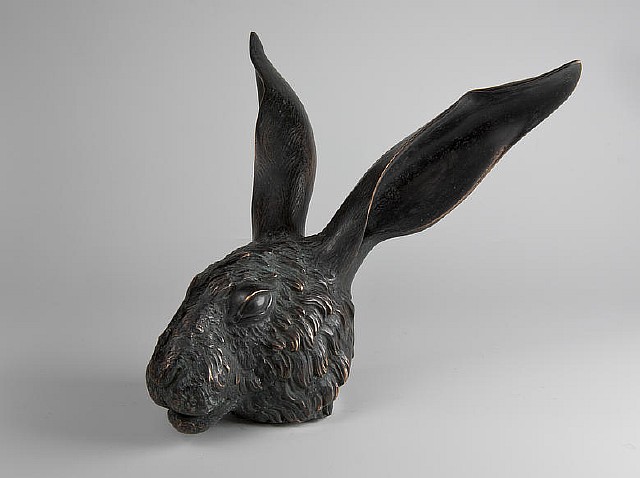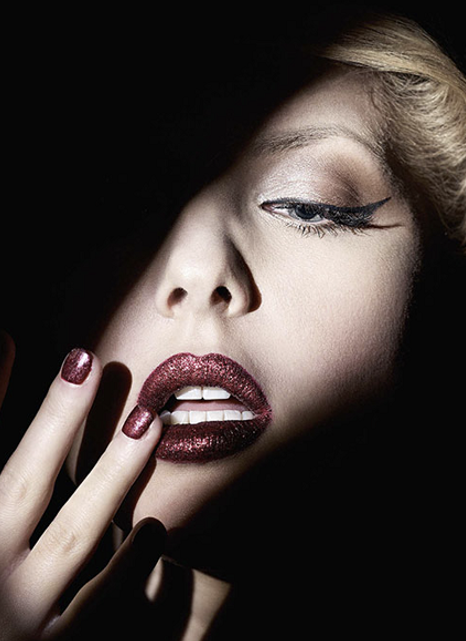An exhibition by Denis Prasolov presented at Erarta from March 19 to May 18
The complicated Latin title of the exhibition contrasts with its content and tunes the audience to a thoughtful perception of the pseudo-scientific statement. But actually everything is much simpler. “Parthenogenesis” is a form of asexual reproduction in which growth and development of embryos occur without fertilization. “Virgin reproduction” shouldn’t be confused with scissiparity or budding. The artist has chosen this phenomenon for metaphorical description of his own creativity: conception of an idea, nurturing and painful childbirth of an art object. Sculpturing is a heavy physical labor where the romantic status of artist as a creator always involves hard work.
The exhibition unfolds into an action or even a fuss resembling Japanese cartoons, teeming with cute little animals. Prasolov’s bestiary hides inside its demonic nature just as cartoon characters do. They are irrational creatures of the artist’s mighty will and the talent that was forged out of long-term studies of the classics. Mythology tamed by the author's will is shown to the viewer in a comic form, possibly, because of the works’ sizes.
It is enough to look at the angry cloud with three zipper-legs, or at a totem bear's paw, rather teddy than wild. But these horned infants, pupae and cocoons sooner or later might develop into large-scale creatures and march along St. Petersburg embankments, joining the chimerical family of griffins, sphinxes and lions. Denis Prasolov creates the atmosphere of Petersburg fiction, nourished not by Egyptian antiquities, magnetism and shamanism, but by actual physics, black holes, genetic engineering, and possibly by “The Battle of Psychics” TV program.
Humanoid Alyosha riding a sparrow, dwarf space marines, imperial penguins and forest ghosts, of course, are most reminiscent of infantile fantasies generated by the mass culture. In bronze, these images obtain their universal meaning. The individual and eccentric become recognizable and familiar: pupae turn into archetypal images, and the faces of astronauts create a collective portrait of Belka, Strelka, and Ugolek.











